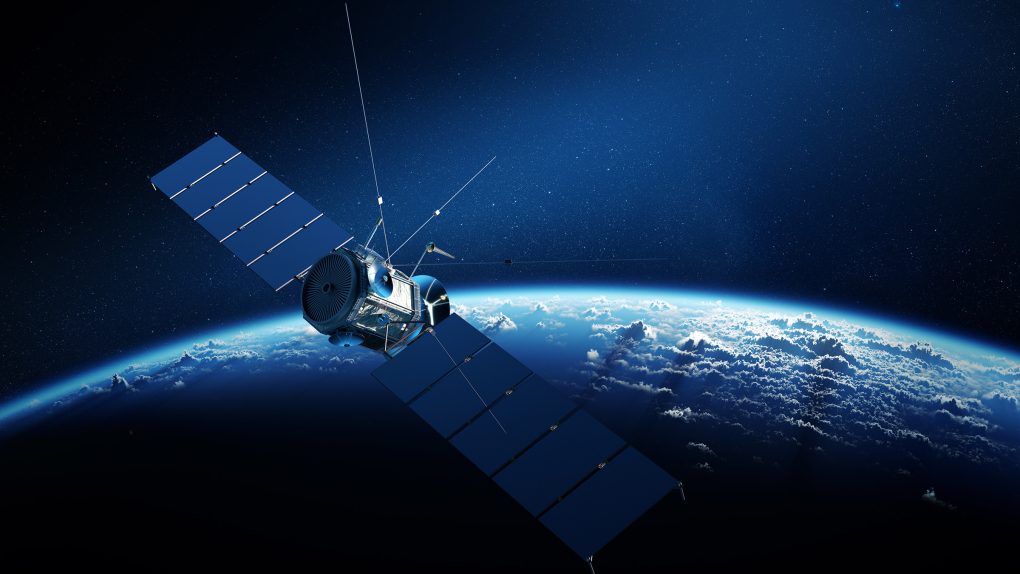A group of mysterious Russian satellites has begun to break up in low-Earth orbit, reports indicate. The satellites are part of three groups launched in 2013, 2014, and 2015.
The first of these satellites were launched in 2013 alongside three smaller military communication satellites. It became known as Cosmos 2491, and soon observers reported that this mysterious Russian satellite was performing various novel orbital maneuvers.
In 2014 another satellite launched three more satellites, as well as a mysterious satellite that would go on to be designated Cosmos 2499. Then, in April 2015, a third mysterious Russian satellite, designated Cosmos 2504, launched into orbit.
These particular satellites, which were designated “Object Es,” have been the object of intense curiosity and concern for the United States security community over the past several years. And now, these mysterious Russian satellites appear to be breaking up in orbit.

According to ArsTechnica, no evidence has pointed towards these satellites being part of any known weapons test. However, these mysterious Russian satellites are causing a lot of concern at the moment as they break up in low-Earth orbit, creating fields of debris in their orbital path.
What exactly caused these satellites to break up is unclear. However, experts in space debris say that the demise of the mysterious Russian satellites does not appear to be caused by collisions in orbit.
Cosmos 2491 broke up in 2019, shedding 20 pieces of debris into orbit. The second satellite, Cosmos 2499, was confirmed to have broken up in early January of 2023, leaving 85 pieces of trackable debris in its wake. The cause, then, experts believe, could be caused by a design flaw in the spacecraft.
As far as the debris that it has created, space junk around Earth has been a concern for years, and this surely adds to it. However, Brian Weeden, an expert in the field, told Arstechnica that the debris from these mysterious Russian satellites isn’t likely to create a catastrophic event in orbit.
But, the debris will be long-lived, thanks to its high starting location within Earth’s atmosphere. Considering we’ve seen reports of the ISS swerving to avoid Russian space debris, these latest debris fields will always be some cause for concern.








